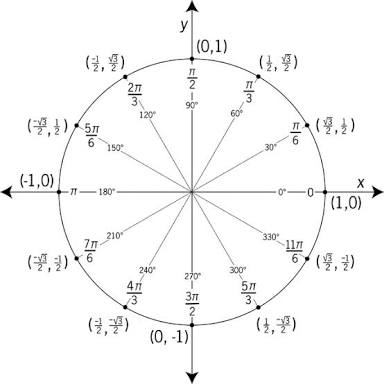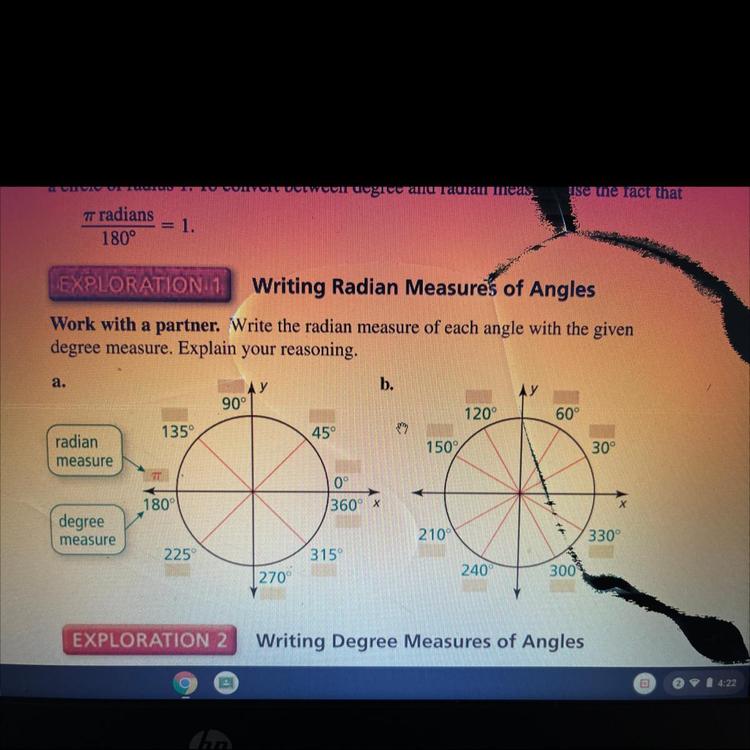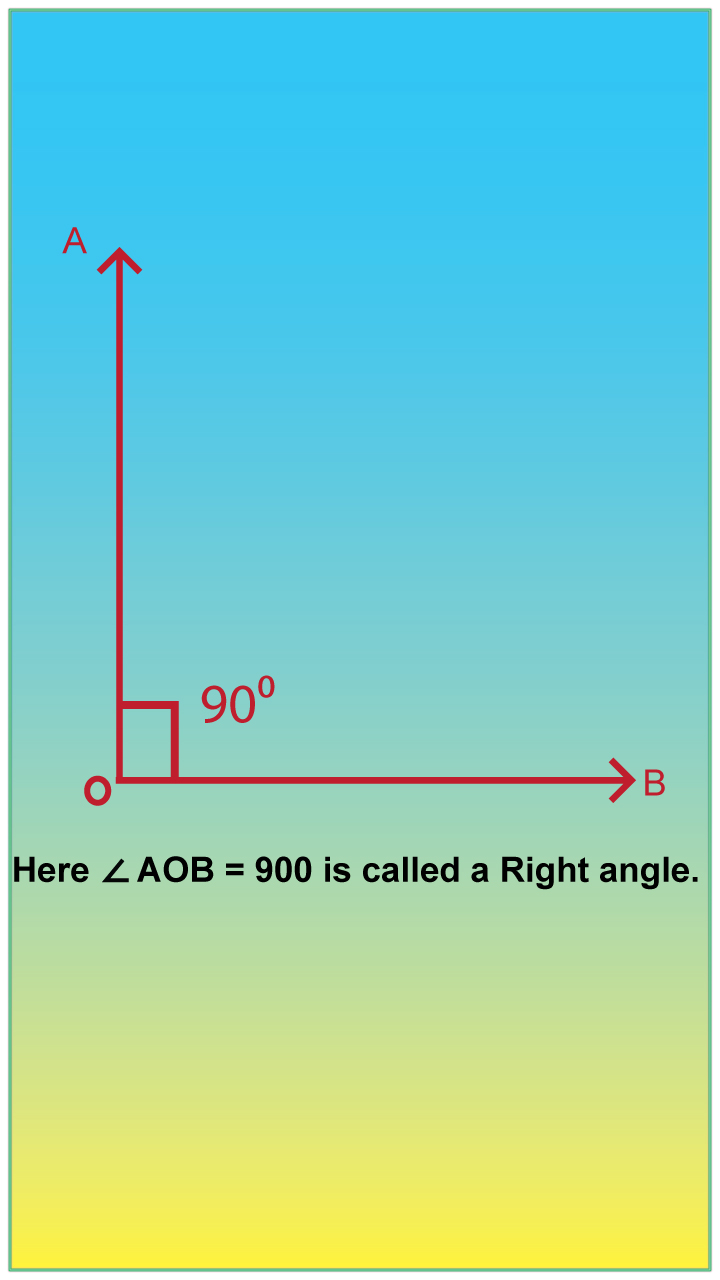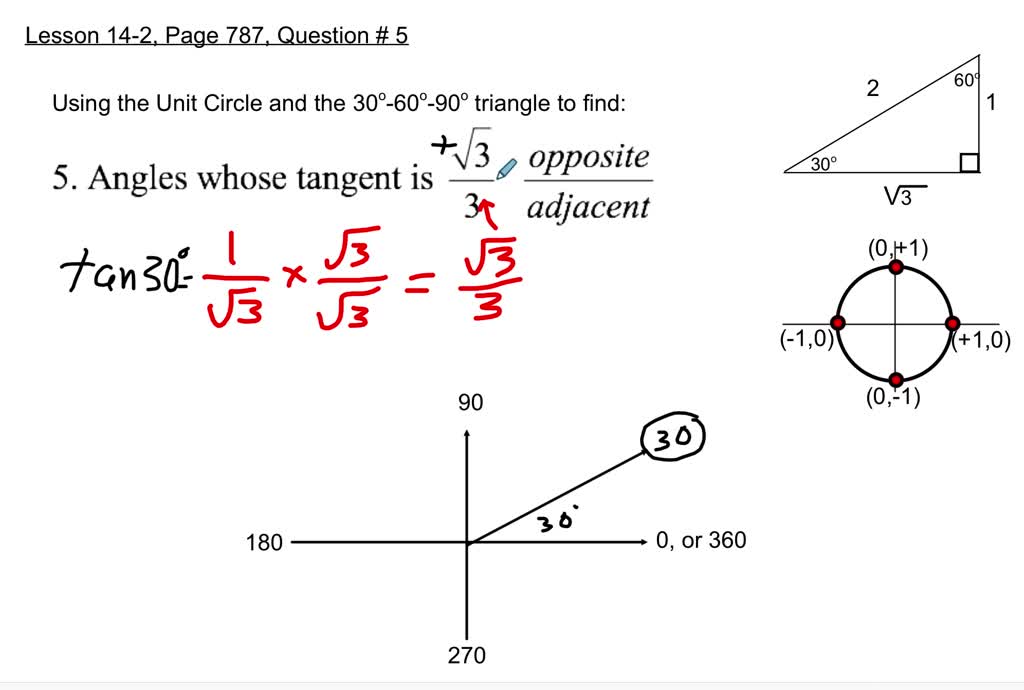An angle is a fundamental concept in geometry that is used to measure the amount of rotation between two intersecting lines. It is a crucial element in understanding shapes, patterns, and relationships between objects in the physical world. The degree measure of an angle is a unit of measurement used to quantify the size of an angle. In this article, we will explore the definition and measurement of angles whose degree measure is an essential aspect of understanding geometry.
Angle Whose Degree Measure

An angle whose measure is called an angle is an angle that is measured in degrees. This type of angle can be formed by two intersecting lines or rays, where the point of intersection is known as the vertex. The degree measure of an angle is the number of degrees in the angle, which is a standard unit of measurement for angles. The term “angle whose degree measure” refers to any angle that is measured using degrees.
What is an Angle?
Before we delve into angles whose degree measure, let us first understand what an angle is. An angle is a figure formed by two rays that share a common endpoint. The rays are known as the sides of the angle, and the endpoint is known as the vertex. The size of an angle can range from 0 degrees to 360 degrees, depending on the amount of rotation between the two rays. Angles are typically denoted by the symbol ∠, with the measure written next to it in degrees.
Types of Angles
Angles can be classified into different types based on their degree measure. Some of the most common types of angles are:
- Acute Angle: An angle whose measure is less than 90 degrees is known as an acute angle. It is commonly represented by ∠ABC, where A and C are the endpoints of the rays forming the angle.
- Right Angle: An angle measuring exactly 90 degrees is known as a right angle. It is typically denoted by ∠ABC or sometimes by the symbol ⊾.
- Obtuse Angle: An angle whose measure is greater than 90 degrees but less than 180 degrees is known as an obtuse angle. It is usually represented by ∠ABC.
- Straight Angle: A straight angle measures exactly 180 degrees and is formed by two opposite rays. It is typically denoted by ∠ABC or simply by a straight line.
- Reflex Angle: An angle with a measure between 180 degrees and 360 degrees is known as a reflex angle. It is commonly represented by ∠ABC.
What is the Degree Measure of an Angle?

The degree measure of an angle is the number of degrees in the angle. It is used to quantify the size of an angle and is measured using a protractor, which is a tool designed specifically for measuring angles. The degree measure of an angle is based on a circle being divided into 360 equal parts, with each part representing one degree. This unit of measurement was derived from the ancient Babylonians and Egyptians, who used the number 360 because it is divisible by 2, 3, 4, 5, 6, 8, 9, 10, 12, 15, 18, 20, 24, 30, 36, 40, 45, 60, 72, 90, 120, 180, and 360.
Why do we Measure Angles in Degrees?
Degrees are a convenient unit of measurement for angles because they are easy to understand and use. They allow us to quantify the size of an angle accurately and compare it with other angles. Other units of measurement used for angles include radians and gradians, but degrees remain the most widely used unit due to their simplicity and familiarity.
What is Measured by Degree?
Degree is a unit of measurement for angles. It is defined as 1/360 of a full rotation, with a full rotation being equal to 360 degrees. The degree measure of an angle indicates the amount of rotation between the two intersecting lines or rays that form the angle. It also helps us understand the position and orientation of objects in space and how they relate to each other.
Angle Whose Degree Measure Formula

The degree measure of an angle can be calculated using a simple formula:
degree measure = (arc length / radius) * 180 / π
where:
- arc length is the length of the arc that forms the angle
- radius is the radius of the circle that the angle is inscribed in
- π is a mathematical constant equal to approximately 3.14
This formula can be used for both acute and obtuse angles. It is based on the fact that a full rotation of 360 degrees corresponds to a circumference of 2πr, where r is the radius of the circle. Therefore, the degree measure of an angle is calculated by dividing the arc length by the circumference and then multiplying it by 360 degrees.
Angle Whose Degree Measure Worksheet
To further understand the concept of the degree measure of an angle, let us work through an example using the formula mentioned above.
Question: Find the degree measure of an angle whose arc length is 6 cm and the radius is 4 cm.
Solution:
Degree measure = (arc length / radius) * 180 / π
= (6 cm / 4 cm) * 180 / 3.14
= 45 * 57.32
= 2579.4 degrees
Therefore, the degree measure of the angle is approximately 2579.4 degrees.
Degree Measure of an Angle
The degree measure of an angle is an essential element in geometry and other fields such as physics, engineering, and navigation. It allows us to quantify the size of an angle accurately, compare it with other angles, and use it in various calculations.
Angle Whose Degree Measure Examples
To further solidify our understanding of the degree measure of an angle, let us explore some real-life examples where this concept is applied.
- When constructing buildings or structures, engineers and architects use angles to determine the dimensions and orientation of different elements.
- In navigation, sailors use degrees to measure the bearing or direction of a ship relative to the North Pole.
- In astronomy, degrees are used to measure the apparent size of celestial objects such as stars and planets.
- In photography, degrees are used to adjust the field of view and perspective of a camera lens.
- In sports, angles are used to calculate the trajectory and distance of a ball in games like golf, soccer, and basketball.
An Angle That Measures Exactly 90 Degrees
An angle that measures exactly 90 degrees is known as a right angle. It is formed by two perpendicular lines or rays, with each line forming an angle of 90 degrees with the other. Right angles play a crucial role in geometry, and are used in constructions, proofs, and calculations.
Define Degree Measure of an Angle
The degree measure of an angle is the number of degrees in the angle. It is a unit of measurement that quantifies the size of an angle and helps us understand its position and orientation. The degree measure of an angle can range from 0 degrees to 360 degrees, depending on the amount of rotation between the two intersecting lines or rays.
360 Degree Angle
A 360 degree angle is a full rotation, where one ray or line has rotated around the vertex to return to its initial position. It is the maximum degree measure of an angle and is often used to describe a complete or whole circle.
Acute Angle
An acute angle is an angle whose measure is less than 90 degrees. It is commonly found in geometric figures such as triangles, where all three angles are less than 90 degrees. Acute angles also play a crucial role in trigonometry, where they are used to calculate ratios and solve problems involving right-angled triangles.
Conclusion
In conclusion, the degree measure of an angle is a fundamental concept in geometry that allows us to measure and quantify the size of an angle. This unit of measurement is widely used in various fields and has significant applications in real-life situations. Whether it is navigating the seas, designing buildings, or taking a photograph, the degree measure of an angle plays a vital role in our understanding of the world around us. So the next time you come across an angle, remember to appreciate its degree measure and the importance it holds in our daily lives.
web3host.org
